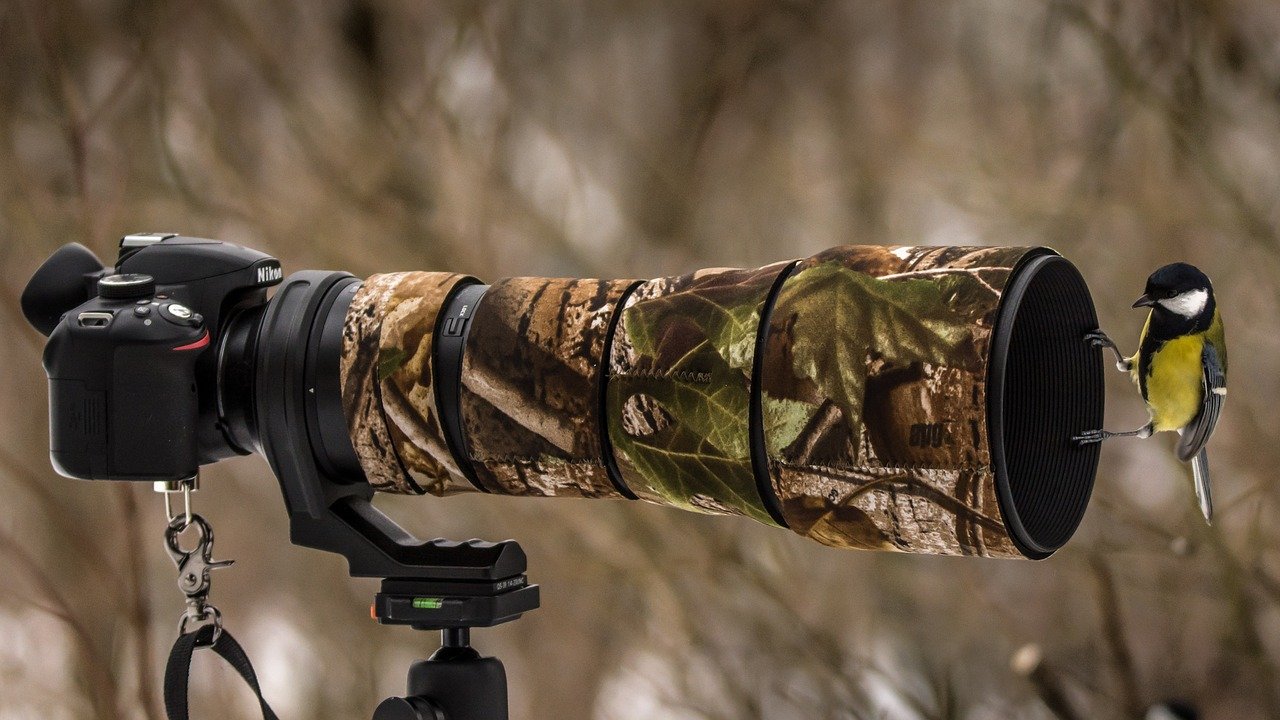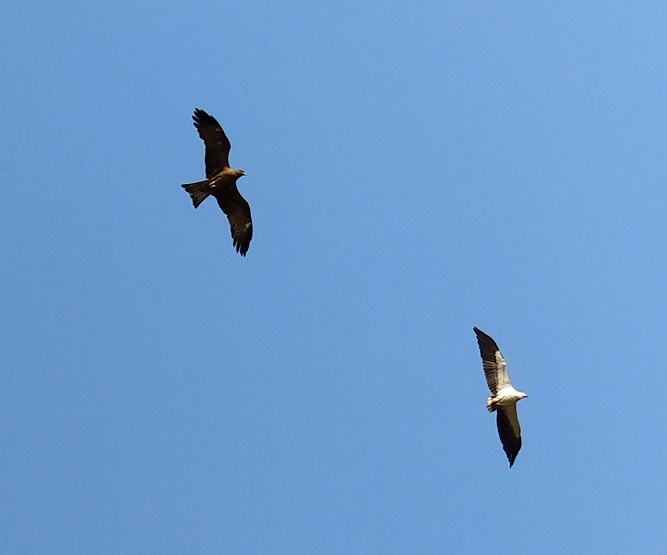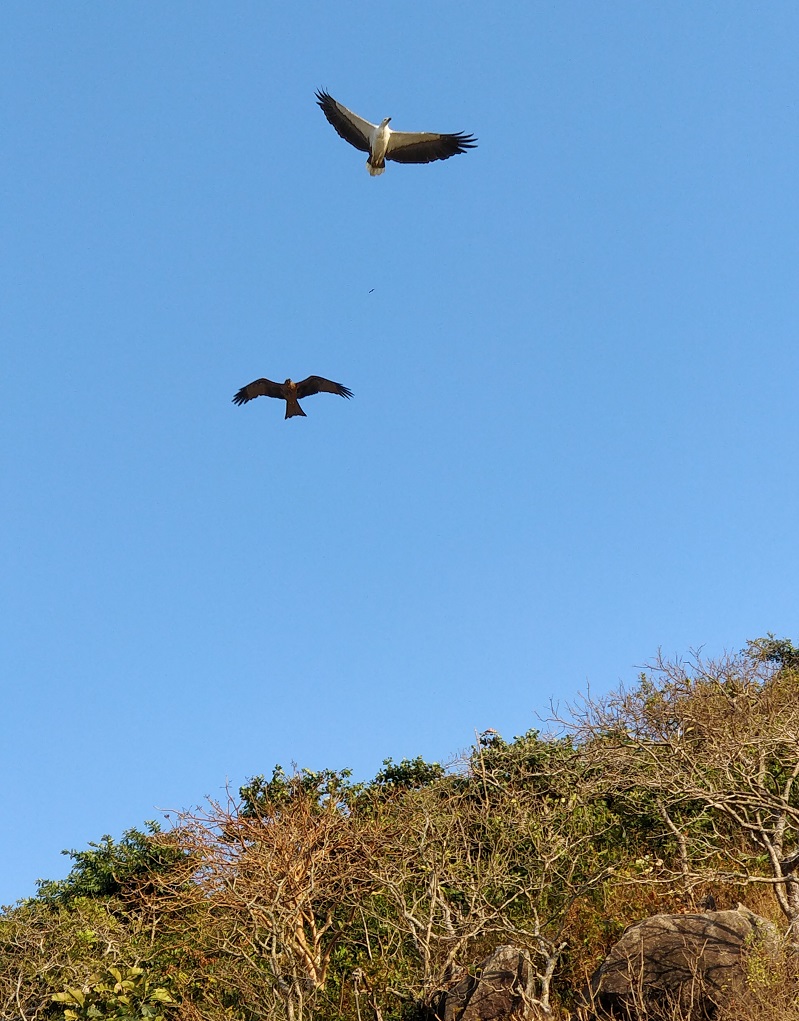In my 15 years of ghost writing/editing experience, I paid less attention to the continuity of research on a topic because each assignment had a hard stop on time and content.
The writer in me enjoys time-bound assignments because I can avoid procrastination and scope creep; however, the researcher in me feels shortchanged.
More so, when an assignment is an engaging literature review for a dissertation, a tech blog, a thought leadership piece, or an online learning program for adults.
I always want to ask more questions, consider more alternatives, evaluate more countermeasures, and revisit or even challenge my take on the articles I write.
I can definitely write another ghost piece that challenges my previous ghost piece, but those pieces will seem to have come from two different folks with opposing viewpoints.
Where’s the fun in that?
Isn’t it better to read contradicting pieces by the same author? I totally enjoy fostering diverse and even contradicting mental models.
But I can’t just approach my previous clients and request them to allow me to write a rebuttal to my previously published ghost piece. It isn’t mine after submission, right?
Interestingly, some clients are down for another ghost piece that refutes the previously made claims; however, they aren’t sure if that will tarnish their thought leadership position.
That’s a fair point, considering that perception is everything when one is trying to establish domain authority. I’m not trying to establish any sort of authority or thought leadership, so I’ve nothing at stake apart from my curiosity itch.

Image by Lubos Houska on Pixabay
Also, the researcher in me isn’t satiated yet. It was time to give her some space to express this continuity of research and to focus on topics that matter to her.
So, in April 2018, I created Articulate With Ease to focus on evidence-based conservation and small business consulting.
I got to employ some of my other skills too. And so, I started to follow the voice of the curious me…
Why did I name it Articulate With Ease?
This tiny endeavor isn’t to serve folks who want to improve their communication skills, which is what I get asked often.
And it isn’t surprising because a huge chunk of my career involves Academic, Technical, and Marketing communication. It’s what I literally call my ATM skill because it brings the cash.
But here’s what inspired me to call it Articulate With Ease.
On Feb 12, 2018, we were celebrating my brother’s birthday at Agonda beach, which is less than 20 kms from my house.
It was also my favorite place in Goa before tourists started to flock there. Have another hideout now that I won’t reveal ;)
So, while I was observing the crabs and the waves, I noticed some black kites (Milvus migrans) chasing a white-bellied sea eagle (Haliaeetus leucogaster).
Biomimicry Blog Alert: Stay tuned for a blog on these two birds of prey that belong to the same family (Accipitridae).
After some minutes, most of the black kites stopped chasing this sea eagle; however, one fella just wouldn’t give up!

Black Kite (left) & White-bellied Sea Eagle (right)

Agonda Beach, Goa
The chase ended only after the sea eagle released the morsel from its talons. The ease with which the two birds danced around was mesmerizing. It was a food chase for them, but it was a spark of inspiration for the observer.
Students of anatomy (human or vet med) immediately connect articulation with movement and grasp my message.
The effortless flow is what inspired me to call my tiny endeavor Articulate With Ease. And I was pleasantly surprised to notice that the name contracts to form AWE, which totally captures the essence of my emotion that day!
Nature is my anchor and learning aid, which is why biomimicry is close to me. However, a life-changing event drew me closer to geriatric stroke care and cloud-native resiliency. It also led me to reconsider my approach with AWE.
Is my current approach an effective route? Is there an alternative route to achieve the same goal?
What’s the best route to fuel my curiosity?
A curious person is always observing, questioning the existing mental models, evaluating blinding beliefs, and trying to make sense of the very nature of the learning process.
I see it as thinking about thinking or observing the flow of your own thoughts as they move. If you’re familiar with the works of David Bohm, Alan Watts, and Jiddu Krishnamurti, you’re most definitely catching my drift.
In fact, the quote on the banner of this page isn’t unfamiliar to you. And the dichotomy of life is engaging you from quite a different lens. Enough said ;)
Let’s circle back to the exploration of a potential route that can continue to fuel my curiosity.
I started to explore the buzz around Cloud Native and Autonomous Operations after reading some use cases in wildlife conservation. As I delved deeper, I began to develop an interest in observability and chaos engineering.

The more I read, the more dots start to connect.
And I begin to ponder about the foundational elements of software reliability and cloud-native resiliency. While tools draw much attention, few are considering the skills, learning path, and worldview that lead to the choice of a tool.
Learning and lasting change require an interplay of the cognitive, psychomotor, and affective functions. Much is written about the cognitive domain, so I’m ignoring that.
Instead, I’m focusing on the affective domain. In fact, the psychomotor domain recaptured my imagination after mum had a stroke in 2019, but let’s park that discussion for now.
Back to the affective domain, which involves our emotions, beliefs, and values. Without activating and investing in this domain, lasting change is incredibly hard to realize.
Learning and performing are as much about refining behavior, as they are about refining knowledge and skills.
I’m choosing to call out behavior, not attitude. That’s because attitude is necessary but insufficient for lasting change.
The willingness and ability to challenge one’s beliefs in the face of contradicting evidence is no small feat.
But internalization (lasting change) requires exactly that. It requires us to question our mental models and to accommodate other mental models.
Which is why activating the affective domain is a prerequisite to any change effort. It’s also why my focus is on David Krathwohl’s Taxonomy of Affective Domain.
Receive: Starting to be aware of an intervention
Respond: Starting to participate in the intervention
Value: Starting to see the worth of the intervention
Organize: Starting to change due to the intervention
Characterize: Exhibiting the change with consistency
Similarly, engagement is a 5-step journey from Inform to Empower as described in this 2016 article by Melody Barnes and Paul Schmitz (Stanford Social Innovation Review).

Image by Comfreak on Pixabay
By prioritizing the affective domain, I can evaluate my learning journey and level of engagement while I am making sense of the skills, path, and worldview that lead to the choice of a tool.
And AWE is the medium through which I’ll attempt to distill my thoughts as I observe resilient systems in nature.
Banner Image by USGS on Unsplash (Yukon Delta, Alaska)